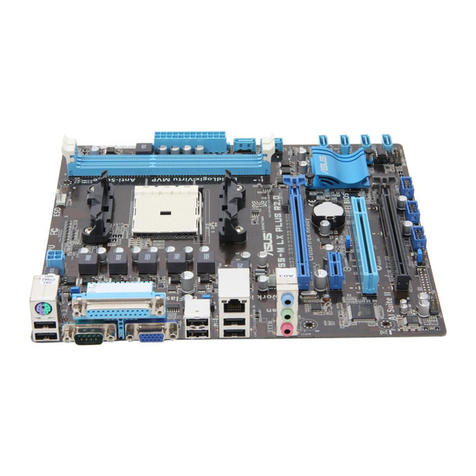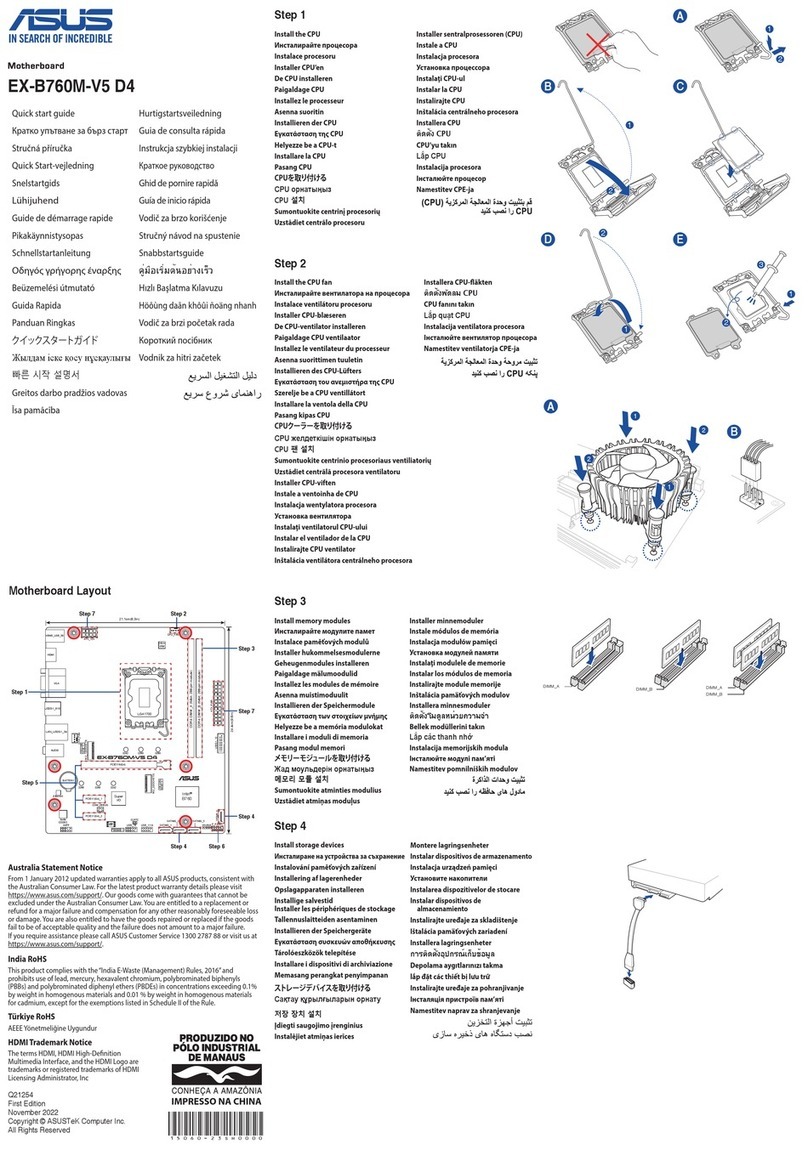NXP Semiconductors freescale TWR-56F8200 User manual
Other NXP Semiconductors Motherboard manuals
NXP Semiconductors
NXP Semiconductors S32K3X4EVB-Q172 Instructions for use
NXP Semiconductors
NXP Semiconductors arm LPCXpresso55S36 User manual
NXP Semiconductors
NXP Semiconductors PCF85053ATK-ARD User manual
NXP Semiconductors
NXP Semiconductors RDAIRBAGPSI5 User manual
NXP Semiconductors
NXP Semiconductors PCA9617ADP-ARD User manual
NXP Semiconductors
NXP Semiconductors AN12550 User manual
NXP Semiconductors
NXP Semiconductors MIMXRT1160-EVK User manual
NXP Semiconductors
NXP Semiconductors USB-KW41Z User manual
NXP Semiconductors
NXP Semiconductors SJA1105SMBEVM User manual
NXP Semiconductors
NXP Semiconductors MPC5777C User manual
NXP Semiconductors
NXP Semiconductors TWR-K60D100M Operating and maintenance instructions
NXP Semiconductors
NXP Semiconductors LS1021A-TSN User manual
NXP Semiconductors
NXP Semiconductors Freescale KIT33905 User manual
NXP Semiconductors
NXP Semiconductors PN7160 User manual
NXP Semiconductors
NXP Semiconductors FS5600 User manual
NXP Semiconductors
NXP Semiconductors MCIMX6UL-EVKB User manual
NXP Semiconductors
NXP Semiconductors i.MX 8M Mini LPDDR4 EVK User manual
NXP Semiconductors
NXP Semiconductors TJA1100 User manual
NXP Semiconductors
NXP Semiconductors NVT2002DP User manual
NXP Semiconductors
NXP Semiconductors i.MX 8M Mini LPDDR4 EVK Installation manual



























